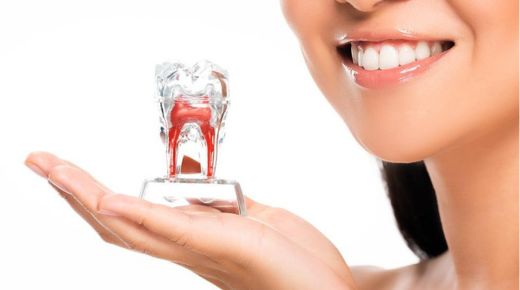
What happens when you have deep decay in a tooth? The usual treatment is root canal therapy, also called root canal treatment. Most people don’t think of RCT until they discover the extent of decay during a dental checkup. If you have pain in one of your teeth, immediately check with a local dentist North York ON. Here’s a quick overview of the procedure.
Why do you need RCT?
If you go for regular dental appointments, your dentist will be able to spot cavities in the early stages and can offer treatment options like fillings. However, when there is deep decay inside a tooth because of an untreated cavity, there is no other alternative but to treat the tooth from the inside. Other reasons why you may need RCT include injury to a tooth, chips, and cracks. The common symptoms of the infected pulp include toothache, sensitivity, and swelling in the gums. You may have difficulty eating hot and cold foods if the infection is deep. If you have experienced any of these symptoms, your dentist will do a checkup and take X-rays of the affected tooth to confirm the diagnosis.
How is RCT done?
RCT is an outpatient procedure that is performed in a dental clinic. Your dentist will educate you about the procedure and explain other details, including the risks. The first step in the treatment is the use of a local anesthetic agent, which will be injected into the gums surrounding the infected tooth. You may experience the pain associated with an injection, but soon the area will go numb. The dentist will then proceed with creating a small access opening on top of the tooth. They will remove the damaged pulp and infected tissues using dental files. All the canals inside the tooth will be cleaned, and the dentist will keep an eye on the X-ray. Once the pulp has been removed, the dentist will further use antibiotics to reduce the risk of reinfection. With the tooth now hollow, the dentist will seal it with gutta-percha. You may need to take oral antibiotics for a few days.
Other details to know
While RCT can be completed in one appointment, your dentist may space the treatment in two to three appointments to allow better healing. You will continue to take antibiotics as suggested. If more sessions are required, your dentist will place a temporary filling. You may experience some pain and discomfort after the initial effects of anesthesia wear off, but these symptoms should disappear with time. Your dentist may recommend a painkiller to manage pain. You can go back to your normal activities immediately after RCT, although you should avoid chewing hard and sticky foods for a few days.
Getting a dental crown
Because the tooth is weak after RCT, getting a dental crown is critical. A crown works like a cap for the treated tooth and will prevent further damage and chips. Also, dental crowns can help restore the full shape and function of the tooth after RCT. You will usually need two appointments after this. During the first one, the dentist will take impressions of your bite and send the same to a lab to get a custom crown. The crown will be further placed on the tooth during the second appointment.
A root canal helps you save your natural tooth from extraction, which can be way more complicated and have consequences such as bone loss. However, when the damage is too deep, or the tooth cannot be saved, extraction is the only way forward. Talk to your dentist in North York to know more.